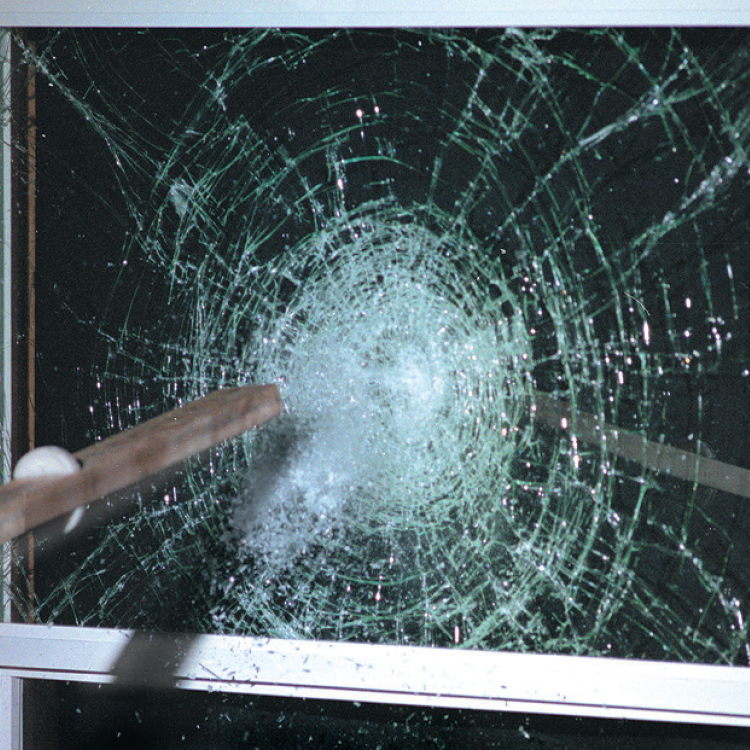You know that hurricane winds can cause tremendous property loss, but what you may not know is that a large amount of damage is actually caused by wind-borne debris (such as tree limbs, street signs, roof tiles, etc.) and not the wind itself. The best way to protect yourself and your family is with impact-resistant products.
Impact-Resistant Windows vs. Standard Windows
 Impact-resistant windows provide an additional level of security compared to standard non-impact windows.
Impact-resistant windows provide an additional level of security compared to standard non-impact windows.
- If struck by windborne debris, the glass in impact-resistant windows will break, but the broken glass is held together — preventing wind, debris, and hazardous glass shards from entering the home.
- You can feel safe knowing that your home has effortless protection from hurricanes and extreme weather, 24 hours a day, 7 days a week.
- If all your home openings are protected with impact-resistant windows and doors, you may be able to receive discounts on your home insurance. Check with your insurance company
to discover what discounts may apply. - Laminated glass provides 99% blockage of ultraviolet (UV) light, and this shielding protects irreplaceable valuables inside your home.
- Impact-resistant windows and doors have proven to be a highly effective way to reduce exterior noise.

Standard, non-impact resistant windows will require shutters or plywood to protect them from shattering during a storm.
- If struck by windborne debris, the glass in a standard, non-impact resistant window will shatter, causing dangerous shards and debris to enter the home.
- With standard windows, you lose peace of mind as a storm approaches, and protecting your home will take much more effort.
- Large single-glazed windows in a home allow a significant amount of heat or cold to transfer from the outside to the home’s interior, and vice-versa. This leads to much higher utility bills.
Understanding Florida’s Building Codes
Impact protection criteria for glazed openings in windborne debris regions were first introduced into the statewide Florida Building Code in 2001, which was implemented on March 1, 2002. Initially, impact-resistant glazing and impact-resistant coverings (i.e., shutters) were introduced as a non-mandatory alternative for glazed openings. If openings were not protected, structures needed to be designed for significantly higher internal wind pressures, although interiors were still left exposed to damage from windborne debris. In the 2007 version of the code (implemented on March 1, 2009), impact protection became mandatory for all glazed openings.
The shaded section of the map below shows where windborne debris protection (ex: impact-resistant windows and doors) are required on new residential and commercial constructions.




